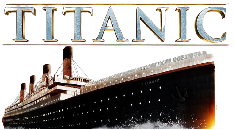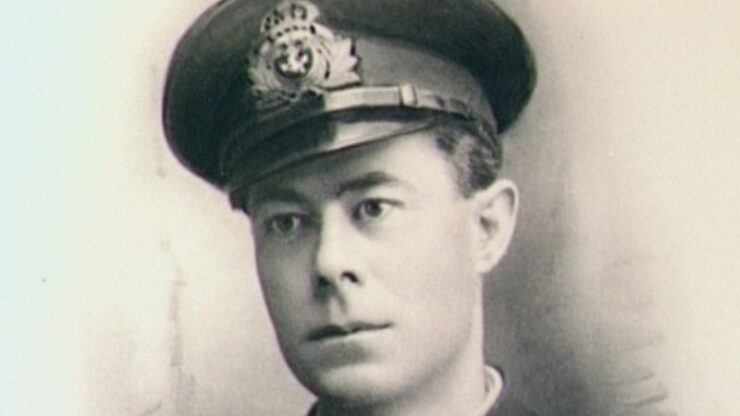Harold Godfrey Lowe was born in Conwy, North Wales on November 21st, 1882. He went to sea at the age of fourteen, which may seem rather early to us now, but it was still acceptable in the late 1890s, and not at all unusual for even younger children to go to sea.
Harold Godfrey Lowe had originally gone to work for a company in Liverpool as an apprentice, but before long the headstrong Welshman told his family that he ¨wouldn’t work for anybody for nothing¨, and promptly signed-up as a cabin boy on a traditional sailing vessel.
He must have been ambitious and hardworking, because before long he had worked his way up to a ‘square-rigger’, and during the following five years, Lowe would earn all the certificates required to make him an officer, and he duly entered the employ of the White Star Line in 1911, and in the space of just over one year, he served as Third Officer on both Belgic and Tropic, but remarkably, Lowe had never crossed the North Atlantic, so ironically this was to be his first transatlantic posting.
April 1912
On the morning of Wednesday 10th April, Titanic’s sailing day, Harold Godfrey Lowe and Sixth Officer James Moody supervised the lowering of two lifeboats, amongst other things, for the benefit of the Board Of Trade officer Maurice Clarke, who was aboard to ensure that the vessel met the standards laid down in the Merchant Shipping Acts.
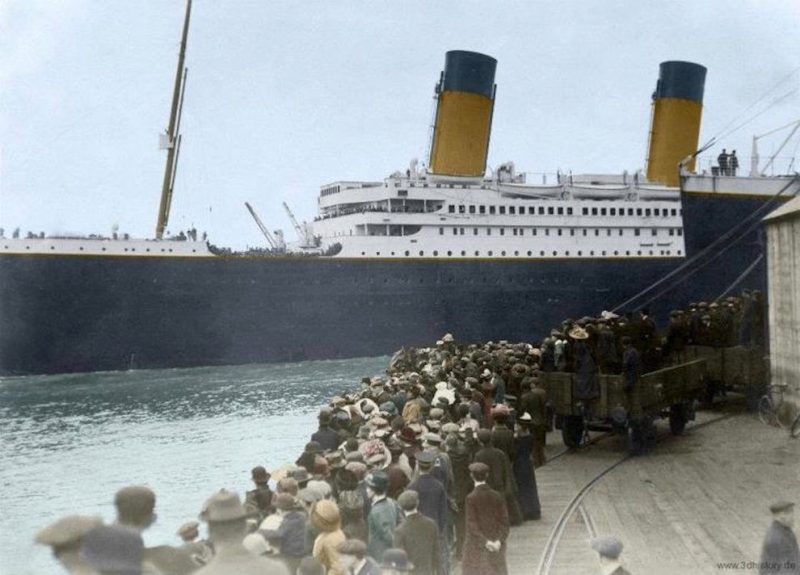
At the time of Titanic’s noon departure from Southampton, Harold Godfrey Lowe was on the bridge. It was his job to pass-on the commands from the Trinity House Pilot, George Bowyer, to the relevant parts of the ship via telephone.
April 14th & 15th, 1912
Harold Godfrey Lowe was not actually on duty at the time of the collision, but had been up until 8.00p.m. He then went from the bridge straight to his cabin, and was asleep through not just the collision, but also through the discharging of the steam from the relief pipes on the funnels, so he must have been tired. Indeed, when Lowe was questioned about his location at the time of the collision on Day 5 by Senator Smith at the American Inquiry, he replied thus;
‘It must have been while I was asleep. You must remember that we do not have any too much sleep and therefore when we sleep we die.’
It appears that Harold Godfrey Lowe was finally roused from his deep slumber by the sound of voices outside his cabin on the boat deck, and when he looked out through his cabin’s porthole, he saw the passengers, wearing lifejackets, milling about and being assisted into the lifeboats, which must have come as something of a shock to say the least.
Why another officer had not been despatched to rouse Harold Godfrey Lowe still remains a mystery, but obviously, in the ‘heat of the battle’, he was unfortunately overlooked, just at the very moment when the no-nonsense enthusiasm and energy of Harold Godfrey Lowe was required the most. He immediately got dressed, grabbed his revolver, and went straight out onto the boat deck, where he was immediately put to work by Third Officer Herbert Pitman, who ordered him to assist him with the loading of lifeboat No. 5.
Pitman had been placed in charge of this lifeboat by First Officer William McMaster Murdoch, who had instructed Pitman to take the boat, once lowered, to the aft gangway doors in order to take on more passengers. There seemed to be some concern amongst a few of Titanic’s officers that the lifeboats could not be lowered with a full complement of passengers, and although these fears were unfounded, Murdoch, Pitman & Lowe all seemed to worry it, although tests at Harland & Wolff had seen them lowered safely with the weight of 70 men.
William McMaster Murdoch gave Harold Godfrey Lowe permission to begin lowering lifeboat No. 5, and it was at this time that Lowe’s famous brush with Joseph Bruce Ismay occurred. Ismay had been present earlier, assisting with the loading, and had then wandered-off to presumably assist elsewhere, and had then returned to lifeboat No. 5. Lowering lifeboats in 1912 was not an easy task, and the progress was a little slow to say the least, and Ismay tried to hurry things along by signalling to Harold Godfrey Lowe and the seamen on the ropes and calling out “Lower away!” This didn’t go down well with Harold Godfrey Lowe at all, and he shouted at Ismay with the following words;
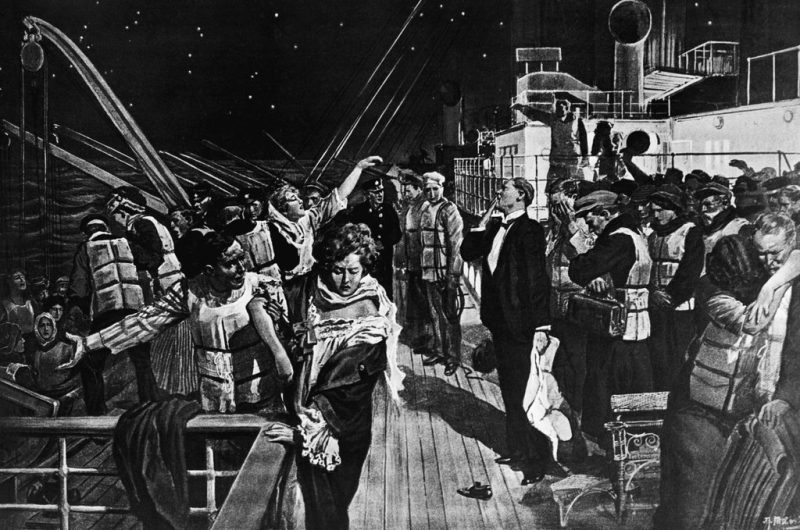
“You want me to lower away quickly? You’ll have me drown the lot of them!”
Lowe resumed the task of monitoring boat No. 5’s descent, whilst J. Bruce Ismay sidled away to offer assistance elsewhere.
At just before 1.30a.m., Harold Godfrey Lowe, together with Sixth Officer James Moody made their way over to Titanic’s port side lifeboats Nos. 14 & 16. The two officers had just seen-off lifeboat No. 13 on the starboard side, and now, with time mercilessly ticking away, speed was of the essence. Harold Godfrey Lowe explained to Moody that the last five lifeboats had been lowered without a single officer between them, and that it would be wise to place an officer in one of the next two boats away. “You go,” the Sixth Officer told Harold Godfrey Lowe. “I’ll find another boat.” It was a simple few words, but it was the difference between life and death. Moody did not survive.
It wasn’t just the officers who realised that time was running out. Many passengers began to genuinely feel for their lives around this time, and Harold Godfrey Lowe had his work cut-out trying to keep order as he loaded lifeboat No. 14.
First of all, a young man, not much older than a boy, climbed into the boat and tried to hide himself amongst the women who were already seated. Harold Godfrey Lowe angrily drew his revolver, and made his way over to the young man, and dragged him out of his hiding place, whilst ordering him back onto the ship.
The man pleaded, but Harold Godfrey Lowe would have none of it, despite the lad’s pleas. Harold Godfrey Lowe was not renowned for his patience, and pointed his revolver in the man’s face, and told him, “I’ll give you just ten seconds to get back onto that ship before I blow your brains out!” The young man was understandably upset, and was now crying heartily, so Harold Godfrey Lowe tried a different tack, and said to him, “For God’s sake, be a man. We’ve got women and children to save.” Harold Godfrey Lowes actions, although harsh, seemed to do the trick, as the man left the lifeboat and re-boarded Titanic , still crying.
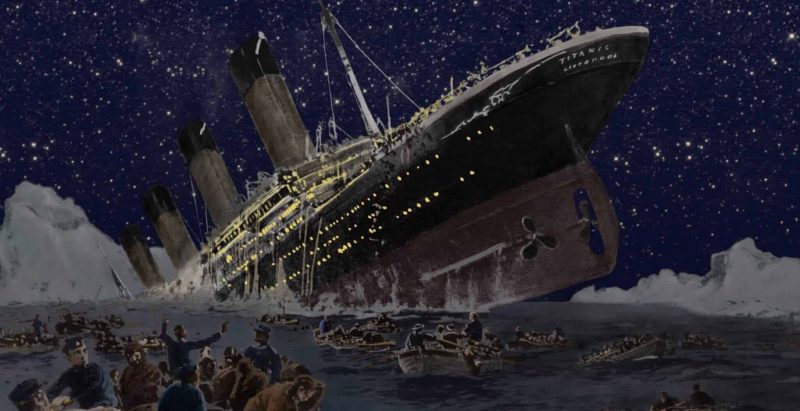
Only a minute or two after the incident with the young man, another male passenger tried to board the lifeboat, although this time, Harold Godfrey Lowe was much more direct. The Fifth Officer caught him, and threw him back to the boat deck, where he was set-upon by several men.
The final attempt to rush lifeboat No. 14 was made by what Harold Godfrey Lowe described as ‘a bunch of Italians’. Harold Godfrey Lowe saw them coming, yelled “Look out!” to the seaman on the tiller of the boat, who duly used the tiller to beat back the unruly group. Lowe had seen enough attempts at rushing the boat, and he decided to issue a warning. He withdrew his revolver, at the same time saying, “If anyone else tries that this is what he’ll get.” He then fired his gun three times down the ship’s side, and gave the order to lower away, and lifeboat No. 14 dropped slowly to the sea.
Once lifeboat No. 14 reached the sea, Harold Godfrey Lowe ordered it to be rowed about 150 yards away from the sinking liner. It was his intention to return to the area of the sinking and pick-up any survivors he could, although he realised that there was a genuine danger of the small boat being swamped by the large numbers of people in the water, so he reluctantly
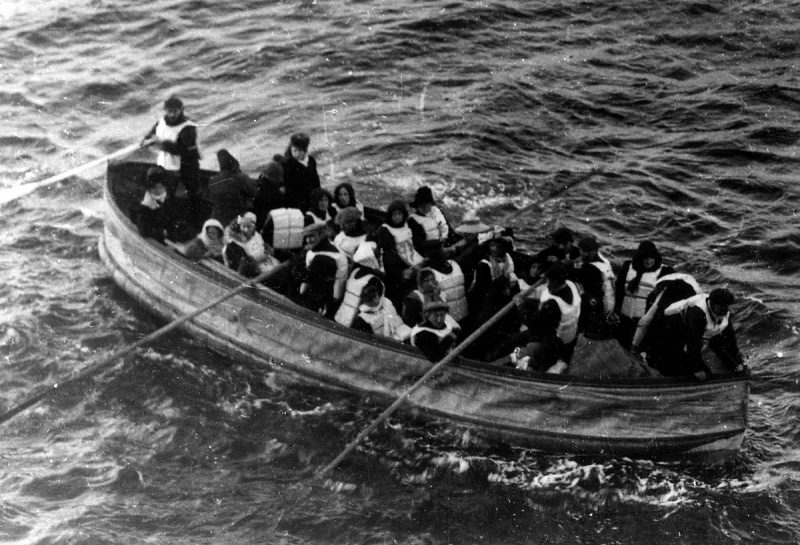
waited until the cries of the people in the water had died down, before eventually returning. In the meantime, he gathered together four more lifeboats that were all close-by, plus his own, and lashed them all together while he transferred people from his own boat to the other four. He then asked for volunteers to assist to man lifeboat No. 14’s harrowing journey to look for survivors amongst the bodies and the wreckage.
During the lengthy transfer of passengers from boat-to-boat, Harold Godfrey Lowe noticed a ‘woman’ with a shawl over her head, and was immediately suspicious of her agility in stepping across the boats. He tore away her shawl to reveal another young man, and Harold Godfrey Lowe pushed him into the bottom of one of the lifeboats in a manner which left the lad with no doubts as to Harold Godfrey Lowe’s opinion of him. Harold Godfrey Lowe was angry that someone would try a trick like that, and probably as angry with himself for being duped so easily.
Harold Godfrey Lowe’s lifeboat picked-up four survivors, one of whom, William Fisher Hoyt, died during the long, bitter night, although Hoyt’s death owed more to injuries received during the sinking than the cold. He also came across what he described as ‘a Japanese’ that was floating on a door broken-off in the sinking. Harold Godfrey Lowe, in typical fashion, was reluctant to offer any assistance to the man, who was not responding to calls from the crew of the lifeboat. Harold Godfrey Lowe told the crew;
Eventually, Harold Godfrey Lowe relented, and ordered the boat to be rowed alongside so the man could be hauled aboard. He responded well to attempts to revive him, and in fact, seemed little bothered by his ordeal, and surprised Lowe completely by taking one of the oars and rowing until they were eventually rescued by Carpathia.
Post Disaster
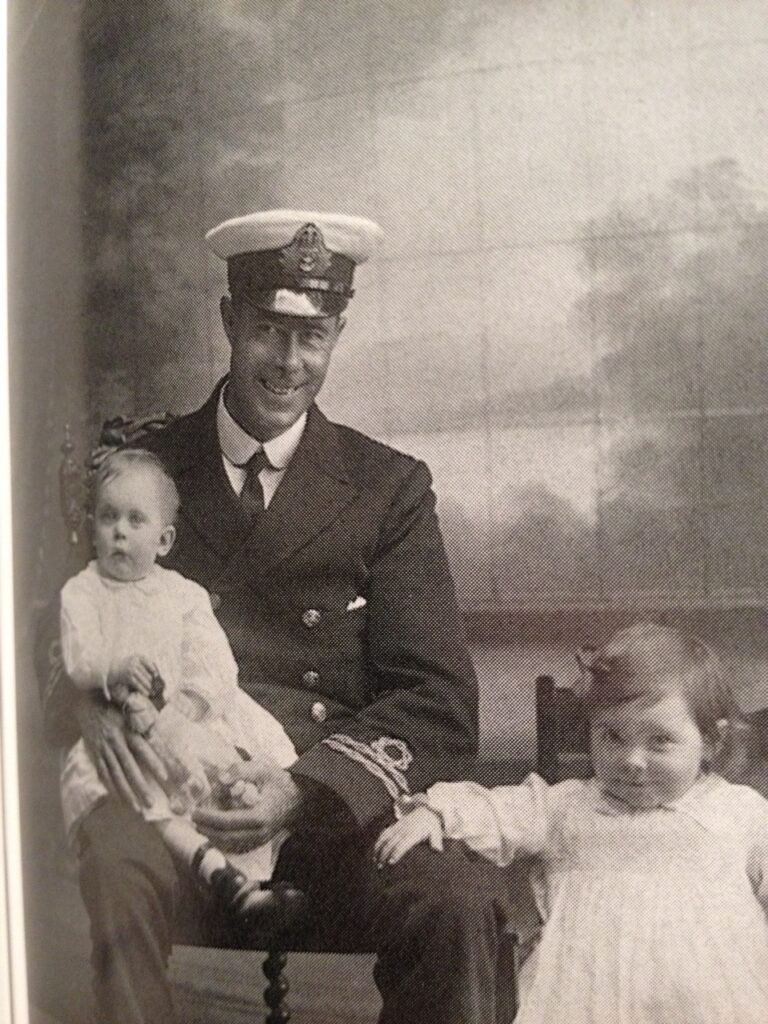
After the disaster, Harold Godfrey Lowe returned to the sea, but, like all of Titanic’s other surviving officers, he never made command of his own vessel.
He was married in 1913 to Ellen, and they had two children, Florence and Harold.
Harold Godfrey Lowe served in the Royal Navy during World War I, and during this time was promoted to the rank of Commander of the Royal Naval Reserve (Com. R.N.R.).
He eventually retired to Wales, where he died on May 12th 1944.
